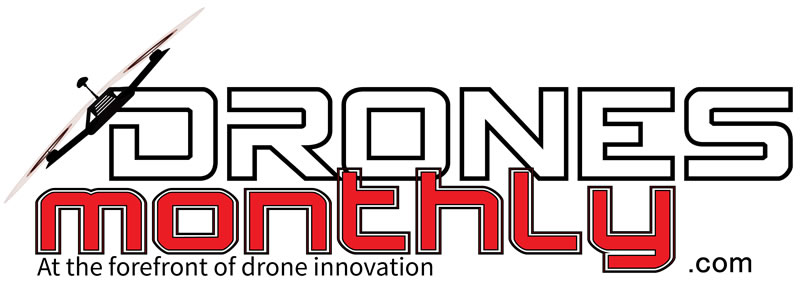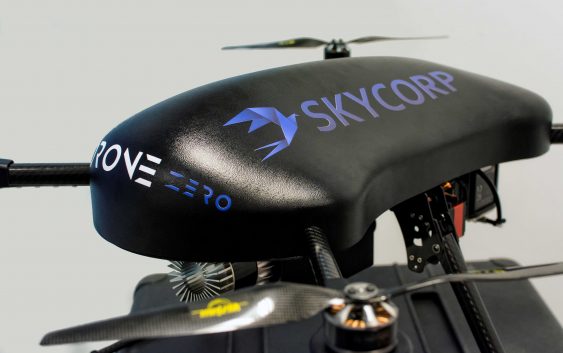Specialist drone manufacturer, SKYCORP, has successfully doubled the maximum flight times of e-Drone Zero, Europe’s first hydrogen powered drone, to two hours, by using a new, ultra-lightweight gas cylinder from AMS Composite Cylinders.
The e-Drone Zero is a powerful, long endurance quadcopter designed for the commercial market. It features a compact, custom military grade frame, and is powered by a unique, air cooled hydrogen fuel cell module developed by Intelligent Energy. The system is managed by one of the most advanced artificial intelligence operating systems around.
The extended range was achieved by swapping the original 1.5L cylinder, which weighed around 1kg, for AMS’s innovative new 3L carbon composite cylinder. This is one of the lightest cylinders of its kind in the world today – providing double the gas capacity of the previous e-Drone Zero cylinder, whilst increasing the system weight by just 600g.
Marek Alliksoo, CEO at SKYCORP, said:
“e-Drone Zero utilises the latest hydrogen fuel cell and AI systems to deliver a huge step change in drone performance – improvements that simply can’t be achieved using today’s lithium-ion battery technology.
“When it comes to powered flight, every gram matters, and we’re always looking for ways to streamline the design. Hydrogen fuel cell systems provide significant advantages in terms of power to weight ratios – and using AMS cylinders helps to compound these benefits. Switching to the new AMS cylinders has provided a huge increase in the hydrogen capacity per kilo, enabling e-Drone Zero to fly significantly further and carry heavier loads.”
The AMS cylinder has increased the wt% H2 ratio by 17% (from 3.31 to 3.87), extending flight times of the e-Drone Zero production unit to 2 hours. This is double the 1-hour flight times achieved by the demo unit, which was unveiled in November 2018 in London at The Commercial UAV Show in London.
The e-Drone Zero can now fly 3 to 4 times longer than any Lithium-ion powered electric drones – opening up new possibilities and applications, including surveying, security, search and rescue, defence and mobile mapping.



